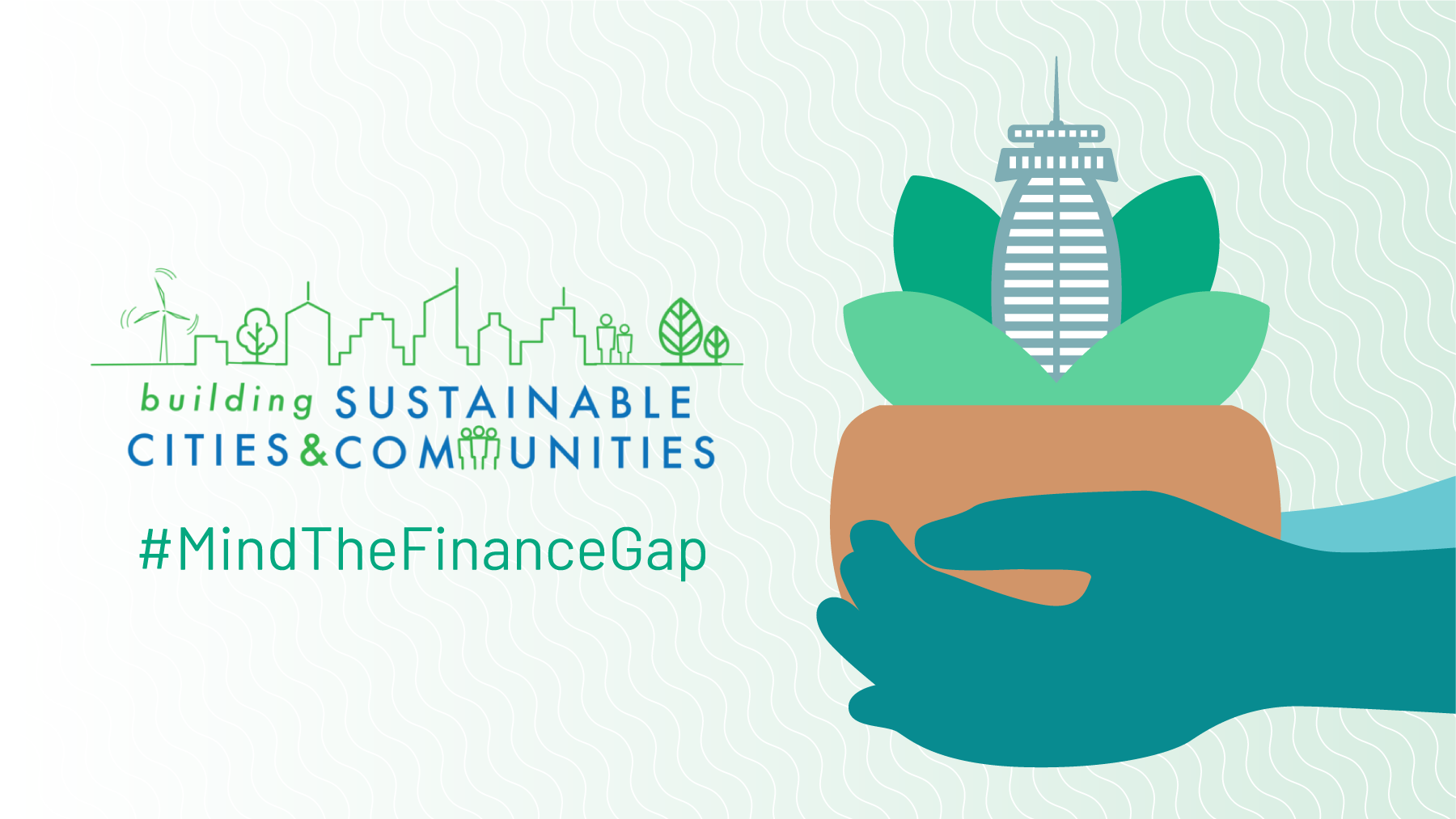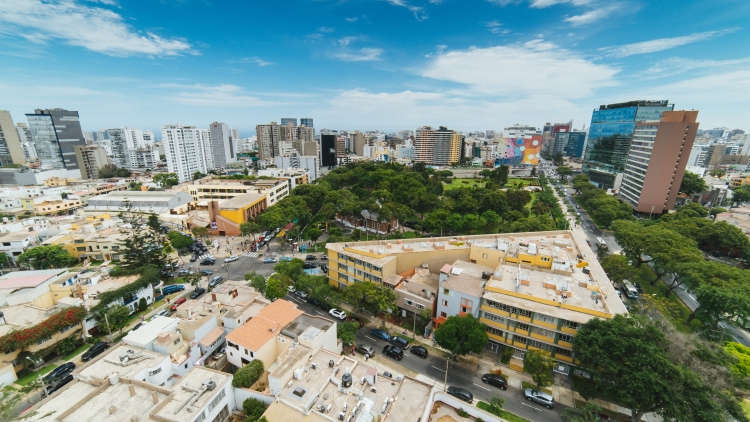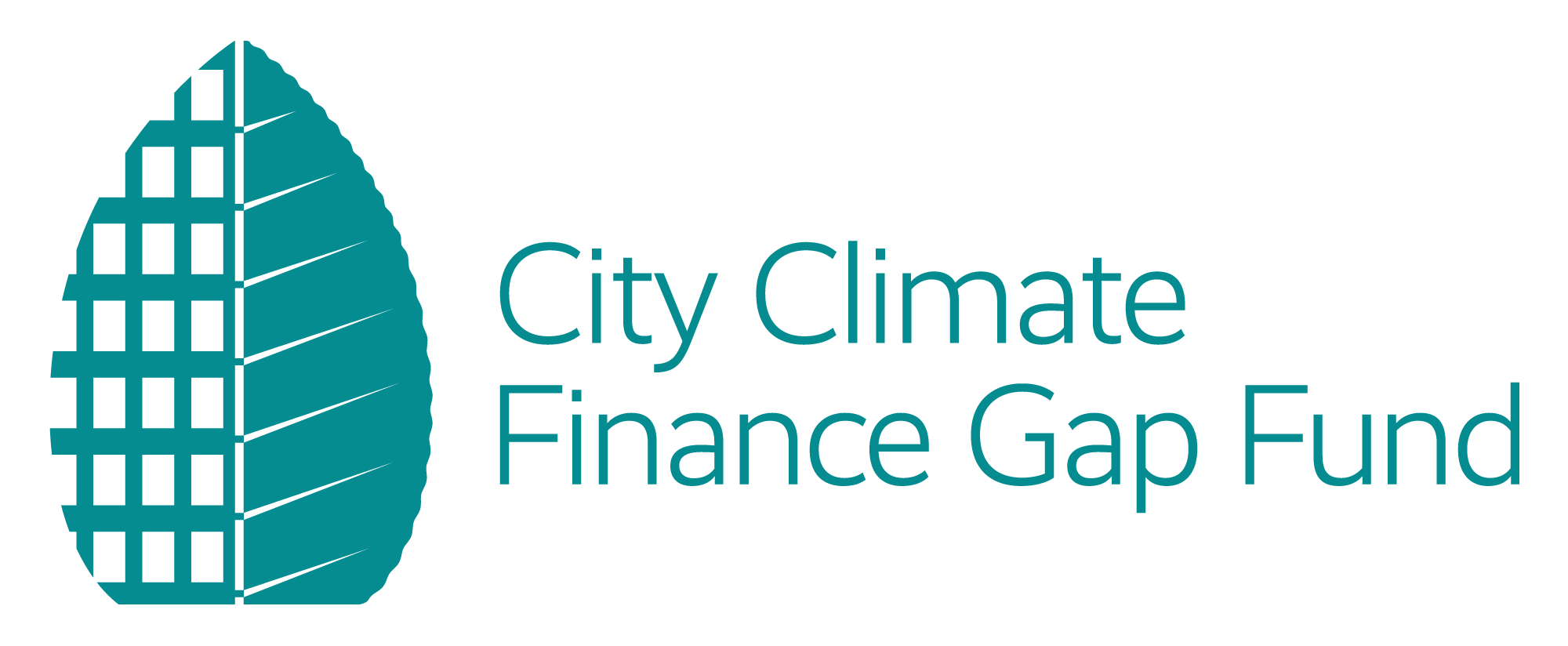Cities are the hub of the global green recovery

The COVID-19 pandemic has imposed sobering impacts on the world’s cities.
Today we live in times of a pandemic with a silent and aggressive virus, which can even be lethal and has transformed our lives, where the best recipe is to rethink our cities, rethink our codes and adapt to this new coexistence that, for some time more, will continue to impose COVID-19 on us.
We face serious problems, but also great challenges, all of them unprecedented. The current figures and conditions for people, business, government management itself at all levels and for society in general has a constant change towards scenarios unthinkable five months ago.
The World Bank estimates that the global economy will contract by 5.2% in 2020 despite historic levels of spending by national governments. Cities account for 80% of global GDP, meaning they will bear the brunt of this loss.
Meanwhile, another no less important factor in this new coexistence—as we also call this stage of the pandemic in Peru—is the quality of the air we breathe and its relationship with the virus. According to the World Health Organization, more than 80% of people living in urban areas are exposed to harmful air pollution, a factor that has been linked to higher risks of complications and death from COVID-19.
Cities of the future
COVID-19 has taught us to see the desolation and needs that come from massive infections and deaths, besides the challenges we face, not only in how to deal with public health problems, but as well as our own economic situation.
In the long period of confinement that we had, we were able to breathe fresh air and see the return of marine species and birds on the Lima coast, something not very unusual for us.
This destructive pandemic has offered us, against all odds, an unprecedented moment to collectively rebuild and reimagine what cities will look like in the future.
Moving forward, the impacts of the pandemic give us a blueprint for both insulating against future public health emergencies, and protecting our city-dwellers from the worst effects of climate change. From that perspective, through the sobering impacts that COVID-19 is leaving us, we can gain insight into the common challenges that mayors face around the world and how our priorities diverge in the global north and global south.

Aerial view of Lima, Peru. Photo: Dan Gold/Unsplash
Leading economists agree that a low-carbon, sustainable recovery will not only help combat climate change, but will also increase resiliency and produce the best possible economic outcomes moving forward. Therefore, we must seize this opportunity to address the staggering economic fallout of the pandemic, and take steps to mitigate the ripple effects on the health of families and communities for untold years to come.
Green recovery in cities
By addressing the climate crisis in an inclusive way, cities of all sizes can be essential economic engines for jumpstarting national economic recovery. National governments have to generate new investment horizons and aim for green recovery in cities.
For instance, in Europe, cities have instituted measures to expand public spaces for more outdoor activities, leading to less traffic and air pollution. Cities are setting aside dedicated cycle lanes to allow for both exercise and safe transportation.
In Peru, the impact of COVID-19 has exposed the deficiencies and inequalities that are not recent, and that have been with us for years or decades. It has also revealed major structural problems that, after the great shaking of this pandemic, will have to be addressed in order to give them a definitive solution within the established deadlines.
One of them, the most visible in many of our societies, is informality, in all its manifestations. 70% of people hold informal jobs, which has played against us throughout this pandemic, hindering, for example, the proper distribution of the subsidies granted by the national government.
In Lima, the capital of Peru, live about 10 million people, which together represent a third of the total population of the country. Like the rest of the regions of Peru, it was under a long period of confinement or quarantine, which lasted for more than four months. However, in the month of May, the process of resuming activities began within the framework of the economic reactivation plan of the national government that includes four phases, finding ourselves in the penultimate of them. We now continue, in parallel, our fight against the virus that is not yet over.
The Municipality of Lima, after the declaration of the national state of emergency in the country as a result of the COVID-19 pandemic, began to be part of that fight, managing in the midst of the crisis, guaranteeing the essential services of the city—public transport, security citizen, solid waste collection, cleaning and disinfection, as well as inspection—and articulating efforts with the national government for the welfare of citizens and to keep them away from the slightest risk of contagion of the virus. The challenges and difficulties are permanent and we have risen to the circumstances.
Green vision for Lima
Green recovery for Lima is focused on examples of bringing services closer to the most vulnerable populations with the vision of a green, prosperous, and fair city for everyone. Through the execution of 46 kilometers of emerging bike paths, the municipality has a vision of the implementation of sustainable infrastructure as a way to stop the spread of COVID-19.
We continue to make progress towards our goal of having two million trees planted at the end of our four-year term that ends in 2022, increasing green areas for the improvement of the environment and health of our population, much needed in this context.
Lima is part of the over 10,000 cities from different parts of the world that comprise the Global Covenant of Mayors. We are a unified voice standing ready to partner with national governments and international institutions to solve both the global economic and climate crises through local climate commitments, innovative financing models, and a focus on sustainable infrastructure.
We are facing a great opportunity to bet on economic growth with sustainable development. Therefore, we are going to work to close the investment gap, to finance climate-smart urban infrastructure projects, investments that will not only fight against climate change, but will also increase the resilience, livability and health of our cities, now and in the next years.
We are in the middle of the fight against the pandemic, but that does not prevent us from projecting ourselves into the future, strengthened and with the spirit and determination to return to our greatest objectives.

